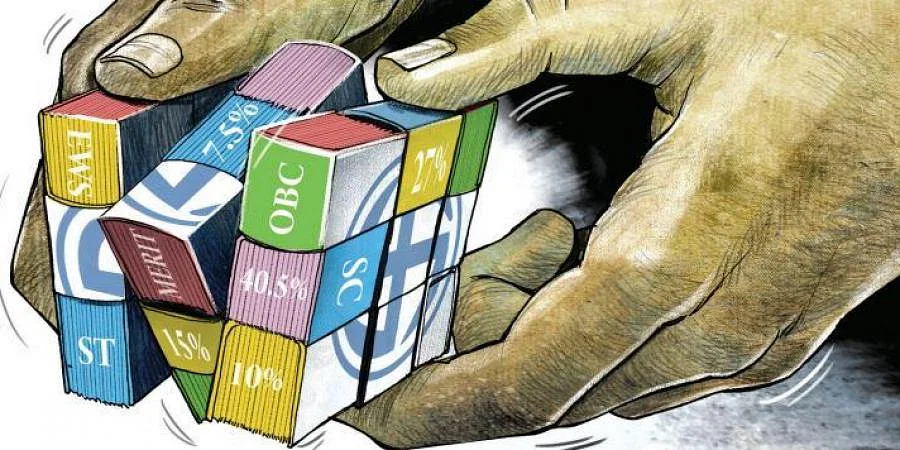Free Courses Sale ends Soon, Get It Now


Free Courses Sale ends Soon, Get It Now



Copyright infringement not intended
Picture Courtesy: www.newindianexpress.com
Context: The proposed sub-categorization of Scheduled Castes in Telangana by the Prime Minister has triggered legal debates and concerns about its efficacy, given conflicting Supreme Court judgments and differing opinions on addressing inequality within the community.
Details
Legal Challenges
Arguments For and Against Sub-categorization
Way Forward
Conclusion
Must Read Articles:
Obc Sub-Categorisation Panel: https://www.iasgyan.in/daily-current-affairs/obc-sub-categorisation-panel
Sub-Categorisation of OBC: https://www.iasgyan.in/daily-current-affairs/sub-categorisation-of-obc
Reservation System: https://www.iasgyan.in/daily-current-affairs/reservation-system
|
PRACTICE QUESTION Q. How has the reservation system in India impacted social equality? What are the main criticisms and benefits associated with this policy? In what ways has it evolved to address changing societal needs? |
© 2024 iasgyan. All right reserved